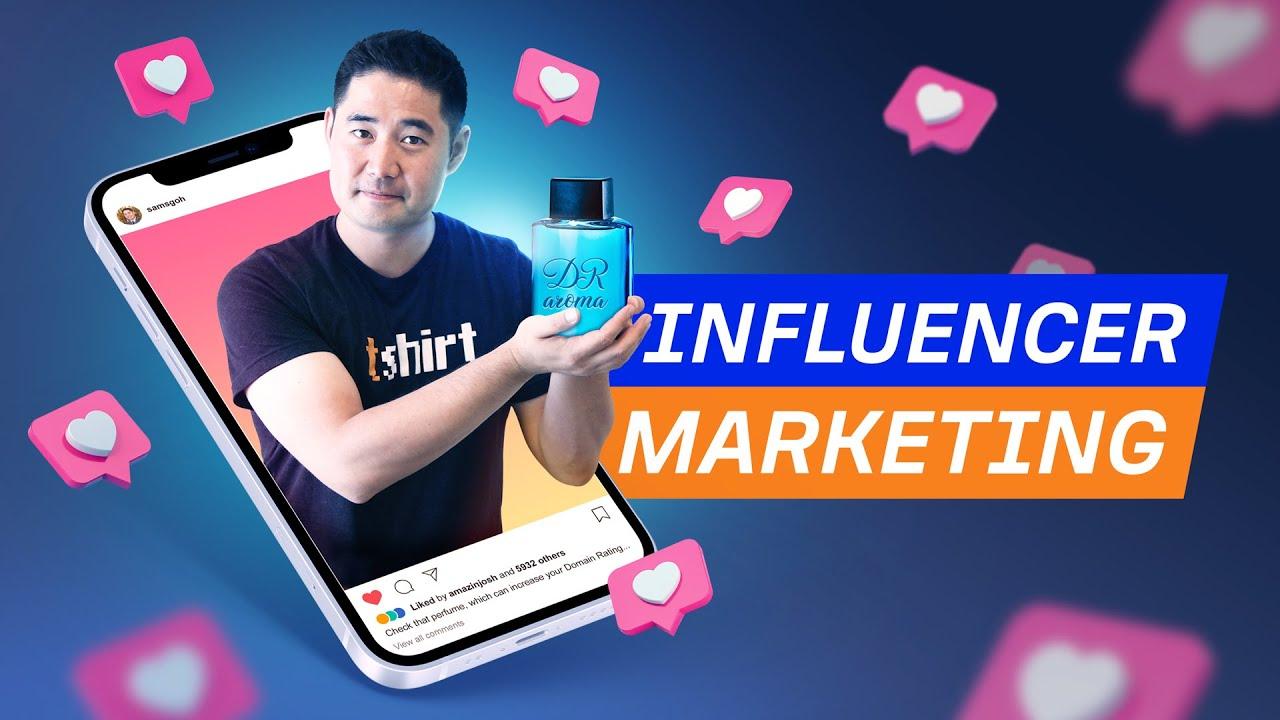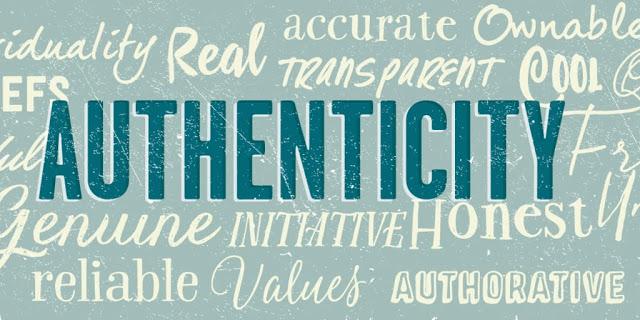
In the ever-evolving landscape of digital marketing, YouTube continues to stand tall as a vibrant platform where creativity meets commerce. As we delve into 2023, the realm of influencer marketing on YouTube has emerged not just as a trend, but as a cornerstone of brand engagement and consumer connection. With millions of diverse voices vying for attention, influencers wield the power to shape perceptions, drive decisions, and cultivate communities. This article seeks to unveil the latest trends in YouTube influencer marketing, exploring the innovative strategies, demographic shifts, and the technological advancements that are redefining how brands and creators collaborate. From evolving content formats to the rise of niche influencers, join us as we navigate the dynamic intersection of influence, authenticity, and audience engagement in the digital age.
Emerging Content Formats Transforming Influencer Engagement
As brands adapt to the evolving landscape of influencer engagement, new content formats are breaking traditional molds and enhancing audience interaction. Among the most notable innovations are short-form videos, which have surged in popularity due to platforms like TikTok and Instagram Reels. YouTube itself has joined the trend with its Shorts feature, allowing creators to produce bite-sized, engaging content that resonates quickly with viewers.Short-form videos are proving to be an effective way for influencers to showcase products, share real-time experiences, and encourage immediate audience participation thru comments or fast challenges.
Another game-changing format gaining traction is live streaming, which fosters a sense of immediacy and connection between influencers and their followers. Live sessions allow for real-time Q&As, product demos, and exclusive behind-the-scenes glimpses, creating an immersive experience that pre-recorded videos simply cannot replicate. This interaction can lead to heightened engagement, where viewers can participate actively, ask questions, and make purchasing decisions on the spot. Additionally, integrating augmented reality (AR) into influencer campaigns has started to captivate audiences, blending entertainment with tangible product trials and driving higher conversion rates. As these new formats reshape how influencers interact with their audiences, brands must consider incorporating them into their marketing strategies to stay relevant and effective.

The power of Authenticity: Building Trust in a Digital landscape
In today’s digital world, the path to consumer trust is paved with authenticity. As brands increasingly turn to influencers for their marketing strategies, the authenticity of these voices becomes paramount. Consumers are craving genuine content—an honest dialog that resonates with their values and experiences. By staying true to their unique identities,influencers not only build a loyal following but also foster an environment where engagement thrives. They must share personal stories, be obvious about sponsored content, and maintain their core message without succumbing to the pressure of conformity.
To effectively leverage the power of authenticity, brands should consider collaborating with influencers who genuinely align with their ethos. Creating long-term partnerships rather than one-off promotions can enhance credibility and foster deeper connections with audiences. Here are some ways to harness this authenticity:
- Emphasize Storytelling: Encourage influencers to share relatable anecdotes that highlight their genuine experiences with your brand.
- champion Inclusivity: Collaborate with diverse voices to reflect a wider range of perspectives and connect with varied audiences.
- utilize User-Generated Content: showcase real customers’ experiences to build community trust and validate the influencer’s message.

Strategic Collaborations: maximizing Reach through Brand Partnerships
In an ever-evolving digital landscape, brands are increasingly recognizing the immense potential that strategic collaborations with influencers can bring. By joining forces, companies can tap into the influencer’s established audience, effectively broadening their reach while enhancing brand credibility. This symbiotic relationship allows both parties to leverage unique strengths—influencers gain access to premium products or services, while brands benefit from authentic content creation and direct engagement with their target demographics. Such partnerships foster a two-way communication channel that resonates deeply with followers, not only driving sales but also cultivating a loyal community around the brand.
The strategic alignment of brands and influencers hinges on several key factors that enhance collaboration success:
- Shared Values: Ensuring both the brand and the influencer have aligned values fosters genuine messaging.
- Creative Freedom: allowing influencers to express their individuality can lead to more authentic and engaging content.
- Mutual Goals: Establishing clear objectives from the start can streamline efforts and measure success more effectively.
| Collaboration Type | Benefits |
|---|---|
| Sponsored Content | Increased exposure and brand association |
| Giveaways | Boost in engagement and follower growth |
| Affiliate Programs | Performance-based revenue for influencers |

Data-Driven Insights: Measuring Success in Influencer Campaigns
In the dynamic world of influencer marketing, success is increasingly defined by data-driven insights.Brands are shifting from a gut-feeling approach to leveraging analytics that pinpoint the effectiveness of their campaigns. By utilizing key performance indicators (KPIs), marketers can assess factors such as audience engagement, conversion rates, and return on investment (ROI) to gain a comprehensive view of their campaign’s impact. Key metrics to monitor include:
- Engagement Rate: Measures likes, comments, and shares relative to total followers.
- Click-Through Rate (CTR): indicates how many viewers acted on the campaign’s call-to-action.
- Follower Growth: Tracks how many new followers the influencer gains consequently of the campaign.
Advanced analytical tools enable brands to segment their audience effectively and tailor their content to render a more personalized experience. This approach not only boosts authenticity in influencer endorsements but also maximizes the campaign’s reach and effectiveness. As a notable example, analyzing viewer demographics can definitely help brands identify which influencers resonate best with specific target markets, allowing for more strategic partnerships. Here’s a simplified view of how various factors contribute to overall campaign success:
| Factor | Importance Level | Impacted Metrics |
|---|---|---|
| Content Quality | High | Engagement Rate, CTR |
| Audience Fit | Medium | Follower Growth, Brand Sentiment |
| Frequency of Posts | High | Overall reach, Visibility |
To Wrap It Up
As we wrap up our exploration of the evolving landscape of YouTube influencer marketing in 2023, it’s clear that this dynamic arena is ever-changing, driven by technology, creativity, and shifting audience expectations. The trends we’ve unveiled — from an emphasis on authenticity to the rise of short-form content and immersive experiences — paint a vivid picture of where brands and influencers are headed.
Marketers and creators alike must remain agile, adapting their strategies to harness the full potential of this powerful medium. As consumer preferences continue to evolve, the ability to forge genuine connections through engaging content will set accomplished campaigns apart from the rest.
Looking ahead, one thing is certain: the partnership between brands and creators will only deepen, reflecting not just a marketing strategy but a cultural shift.So, whether you’re a seasoned professional or just beginning to navigate this space, staying informed and innovative will be key to riding the wave of these trends.The future of YouTube influencer marketing is bright, and we can’t wait to see how it unfolds.